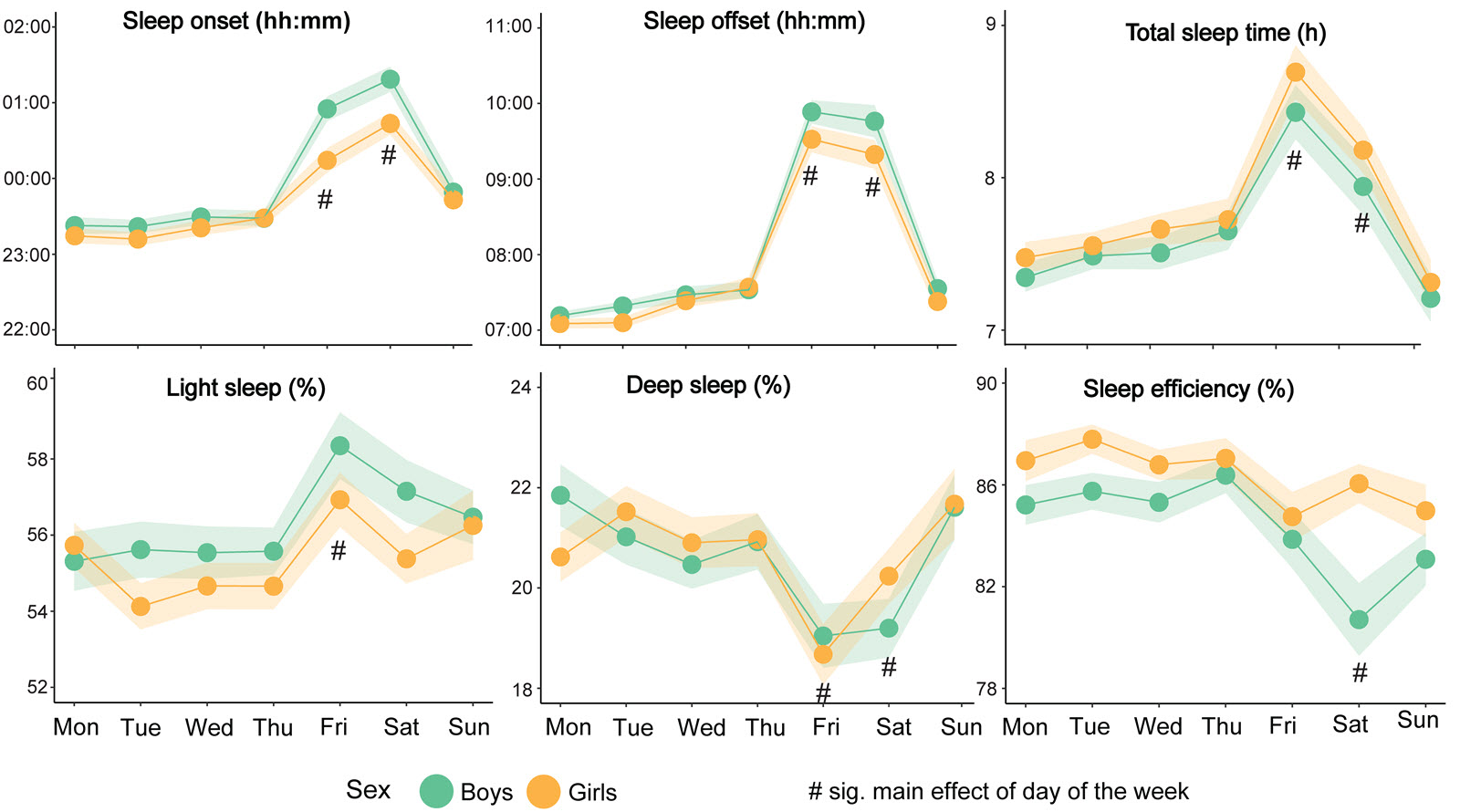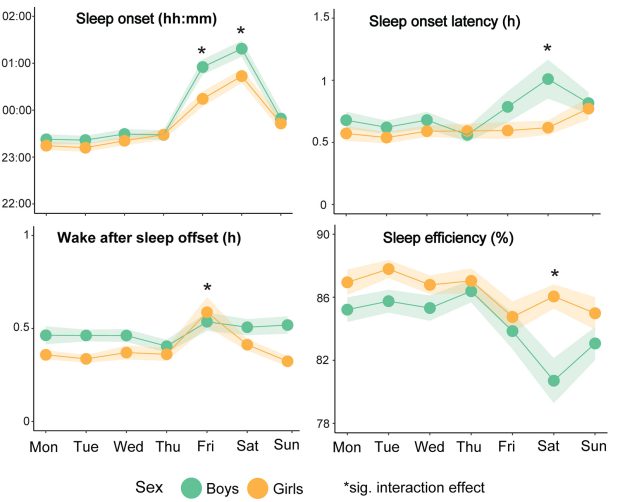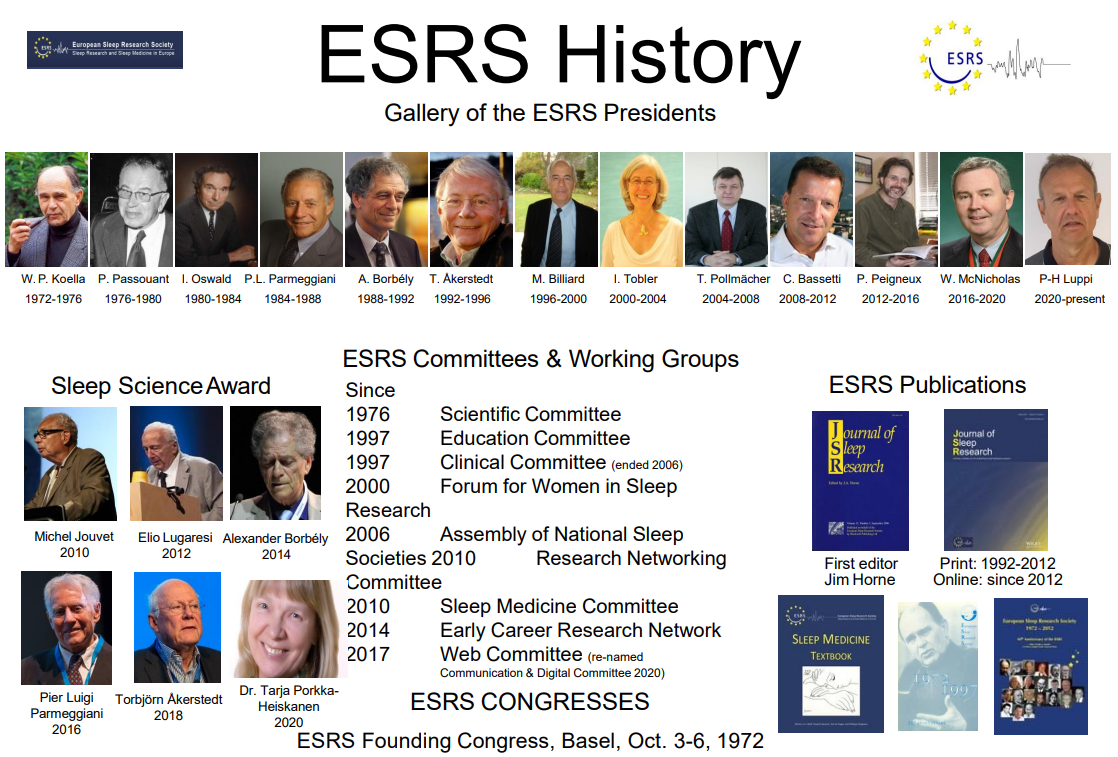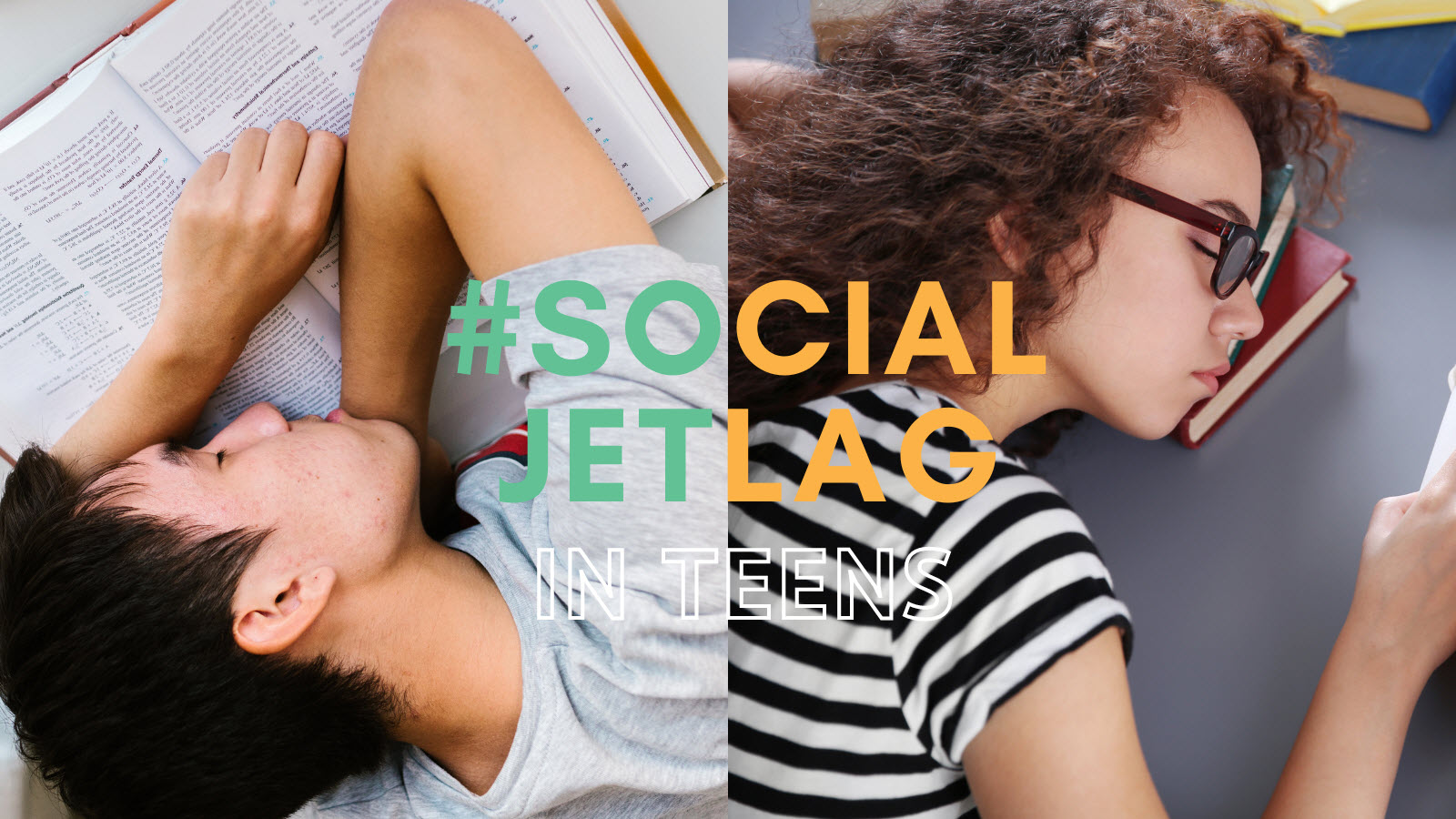Quantifying Teenagers’ Sleep Patterns and Sex Differences in Social Jetlag

Dr. Maria Hrozanova
Postdoctoral fellow at the Department of Public Health and Nursing and Project Leader in a multicentre randomized controlled trial, Norwegian University of Science and Technology (NTNU), Norway.
Quantifying Teenagers' Sleep Patterns and Sex Differences in Social Jetlag Using At-Home Sleep Monitoring
Study Overview
Teenagers love to stay up on the weekends, ideally followed by a prolonged lie in. This behavioural phenomenon is known as Social Jetlag, defined as a sleep timing misalignment between weekdays and weekends. Social jetlag typically results in longer sleep durations but worse sleep quality on weekends. Indeed, recent estimates show that only ∼10% of teenagers obtain a minimum of 8h of sleep on weekday nights, rising to ∼40% on weekend nights. In the current study, we aimed to provide a day-to-day insight into sex differences in social jetlag using objective measures of sleep, investigating teenagers’ sleep/wake patterns and sleep stage distributions up to 10 consecutive days including weekdays and weekends.
156 Norwegian teenagers, aged 15-16 years old, participated in the study. Of these, 41.7% were boys, and 58.3% were girls. For sleep monitoring, we utilised a novel, fully unobtrusive impulse radio ultra-wideband pulse radar validated for the measurement of sleep and wake, as well as sleep stages. This allowed us to obtain a comprehensive insight into teenagers’ sleep patterns, as participants were able to sleep in their usual environment without any disruptions. The recruitment rate and compliance with data collection were high (72.6% and 93%, respectively). In total, 1323 nights of data were analysed using mixed effect models.
Overall, participants went to bed at 23:41 and woke up at 07:48. Sleep duration averaged at 7.7 h and sleep efficiency at 85.8%. 34.6% of the participants gained, on average, the recommended sleep duration of minimum 8 h of sleep, and 60.3% exhibited sleep efficiency signalling good sleep quality (≥85%). Thus, the participants’ sleep patterns reflected healthy yet somewhat short sleep.
The day-to-day insight into social jetlag showed that teenagers postponed sleep onset by 1 h 35 mins on Friday and almost 2 hours on Saturday nights. Consequently, they woke up 2 h 45 mins later on Saturday morning, and 2 h 30 min later on Sunday morning. On Friday and Saturday nights, sleep durations were extended by approximately an hour, and deep sleep decreased by approximately 2.5% in favour of light sleep. Finally, sleep efficiency decreased by more than 4% on Saturday nights. Thus, the data show convincing evidence of social jetlag, with poorer sleep on weekends vs. weekdays.

Analyses of sex differences in social jetlag revealed that girls fell asleep at least half an hour earlier on Friday and Saturday nights, and almost half an hour faster on Saturday nights than boys. Despite girls spending approximately 15 mins longer awake on Friday nights, their sleep efficiency was more than 3% higher on Saturday nights than boys’ sleep efficiency. Overall, girls had less severe social jetlag than boys.

The Findings
To summarise, by monitoring the sleep of 156 Norwegian teenagers using unobtrusive sleep monitoring, we found that teenagers’ sleep patterns reflected healthy, albeit somewhat short sleep. There was convincing evidence of social jetlag, with poorer sleep on weekends vs. weekdays in terms of sleep timing, sleep duration, sleep stages and sleep quality. Girls exhibited less severe social jetlag than boys, especially in terms of sleep timing and sleep quality.
The insights into the sleep patterns and social jetlag of teenagers obtained in this study may inform the development of interventions aimed at reducing social jetlag among teenagers. Additionally, these findings may be useful for policymakers and educators, as they highlight the need for later or more flexible school schedules for teenagers, in order to better align their sleep patterns with their natural circadian rhythms. Future research needs to investigate the mechanisms behind the observed sex differences in teenagers’ social jetlag.
For the full results and discussion of findings, you can read the full paper here.
Infographic "Sex Differences in Social Jetlag in Teens"

Download the “Sex Differences in Social Jetlag in Teens” infographic in PDF format:
Article and infographic based on:
Hrozanova et al. 2023. Quantifying teenagers’ sleep patterns and sex differences in social jetlag using at-home sleep monitoring. Sleep Medicine.
Article written by:

Dr. Maria Hrozanova
Postdoctoral fellow at the Department of Public Health and Nursing, Norwegian University of Science and Technology (NTNU), Norway, and a member of the ESRS Digital and Communication Committee.
Recent publications from ESRS members
- Redline, Azarbarzin and Peker (2023). Obstructive sleep apnoea heterogeneity and cardiovascular disease. Nat Rev Cardiol.
- van den Broek et al. (2023). Automated sleep staging in people with intellectual disabilities using heart rate and respiration variability. J Intellect Disabil Res.
- Rauf et al. (2023). The associations between paranormal beliefs and sleep variables. J Sleep Res.
- Oesterling et al. (2023). The influence of sexual activity on sleep: A diary study. J Sleep Res.
- Rimpilä et al. (2023). Evolution of sleep-disordered breathing and blood pressure during menopausal transition. J Sleep Res.
- Kuang et al. (2023). Associations between signs of sleep bruxism and insomnia: A polysomnographic study. J Sleep Res.
- Marten et al. (2023). Sleep and Sleep Hygiene of Adolescents With and Without ADHD During COVID-19. J Atten Disord.



